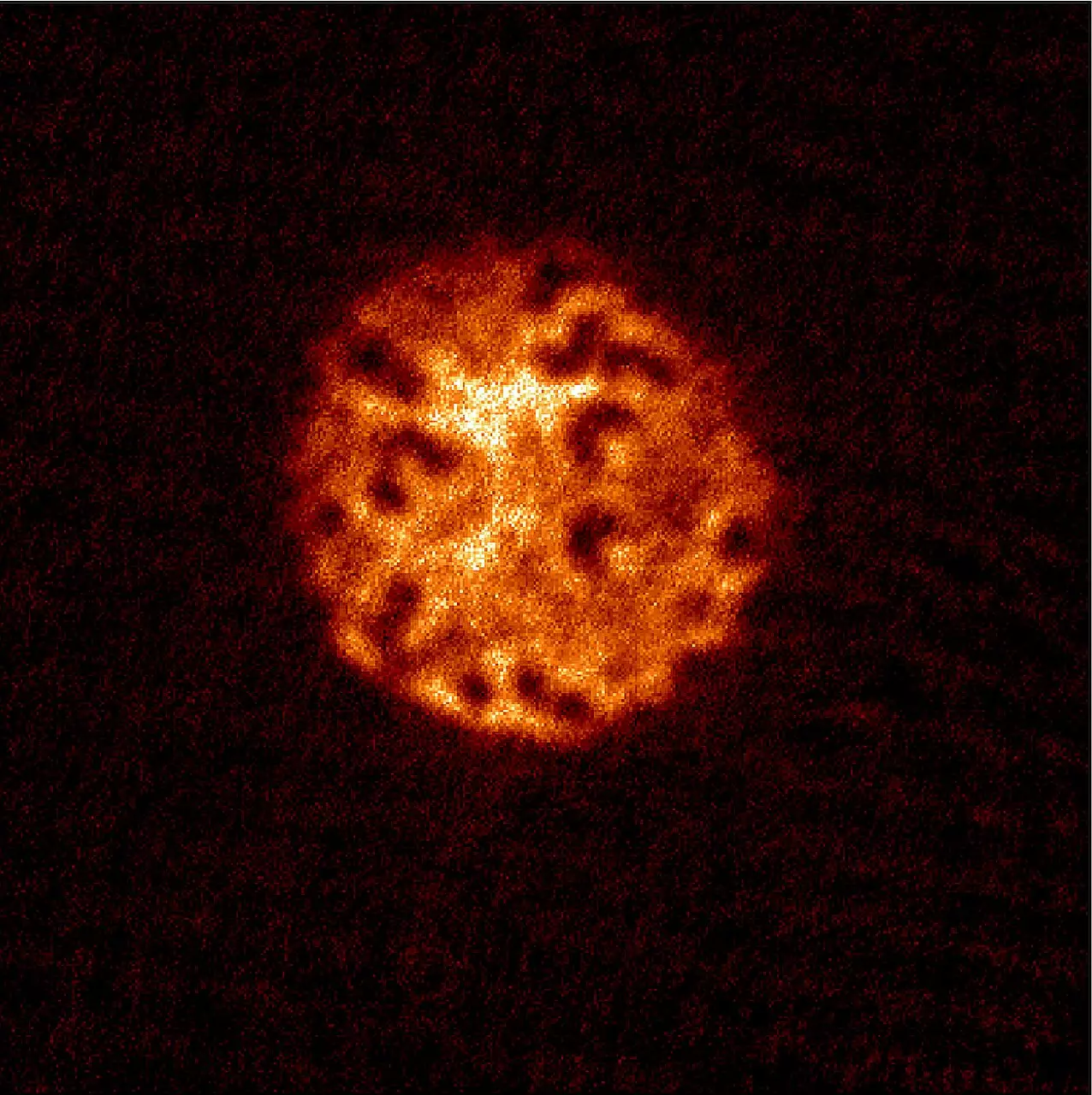The Kibble–Zurek (KZ) mechanism provides a profound theoretical framework designed to explain the formation of topological defects during non-equilibrium phase transitions. First articulated by physicists Tom Kibble and Wojciech Zurek, this mechanism has garnered increasing attention over the years as scientists strive to understand the complex behaviors of quantum systems transitioning between states. Recent research from Seoul National University and the Institute for Basic Science has taken a significant step forward, demonstrating KZ scaling in a strongly interacting Fermi gas during its transition into a superfluid state. This exciting development marks a pivotal advancement in experimental physics, where the implications of superfluidity are being explored more deeply than ever before.
Superfluidity and superconductivity have captivated physicists for nearly a century, representing a remarkable showcase of the macroscopic phenomena that arise from quantum mechanics. As explained by Kyuhwan Lee, a co-author of the recent study, the collective behavior of cold, interacting particles allows them to flow without resistance, a property that raises enticing questions about the fundamental transition between normal liquid states to superfluidity. This transition, which can be elusive and complex, has driven extensive experimental efforts to elucidate the underlying mechanisms that govern such disruptive changes in state.
The inquiry into how superfluids materialize from ordinary liquids is not merely a theoretical pursuit; it seeks to reveal the intricate dance of particles and the forces that shape their behavior. In the 1980s, Zurek laid the groundwork for understanding this phenomenon by proposing that remnants of phase transitions, specifically in the form of quantum vortices, provide vital information regarding the emergence of superfluids.
Key to the KZ mechanism is what is known as KZ scaling, which suggests that the number of quantum vortices formed during this transition scales in a manner dependent on the rate at which the phase transition is traversed. In simple terms, the more rapid the progression through the transition, the higher the number of quantum vortices, as there is insufficient time for the superfluid phase to adapt to the changing conditions of the system. In many experimental contexts, verifying this scaling has proved problematic, especially within Fermi superfluids, prompting the need for new methodologies that could provide clearer insights into the KZ dynamics.
The recent paper published in Nature Physics pursued this challenging objective by systematically investigating a dilute gas of lithium-6 atoms cooled to near absolute zero. This experimental approach harnessed the unique attributes of the atomic cloud configuration—specifically, a uniform distribution of atoms—enabling the researchers to observe superfluid phase transitions without the detrimental effects of irregularities that could confound results.
Employing a spatial light modulator (SLM) to create a homogenous sample with a disk geometry, Lee and his colleagues were able to accurately control and examine the dynamics of the superfluid phase transition. Notably, the incorporation of magnetic Feshbach resonances permitted the team to manipulate interatomic interactions alongside temperature—this dual control represents a significant advancement in probing the KZ scaling behavior.
The results were compelling: despite varying parameters like temperature or interaction strength, the researchers discovered a universal behavior consistent with KZ scaling across the transitions they analyzed. This observation not only represented a fulfillment of theoretical predictions but also underscored the power and flexibility of the experimental framework employed by the researchers.
The concept of universality within statistical mechanics is instructive when assessing this study’s findings, suggesting that complex systems can display similar behaviors under various conditions. Such insights can lead to a broader understanding of coherent phenomena in diverse physical contexts. The researchers’ subsequent challenges lie in further elucidating the behaviors observed, particularly during rapid quenches, where deviations from KZ scaling were noted.
Possible explanations, such as early-time coarsening—which posits that initial superfluid dynamics can stifle vortex formation—present avenues for future research that might reveal additional intricacies within the nature of non-equilibrium dynamics. The prospect of probing these behaviors offers an exciting opportunity to deepen our comprehension of superfluidity and non-equilibrium phase transitions, making this field of study ripe for further investigation.
The advancements made by the team at Seoul National University represent a significant milestone in the study of KZ scaling and superfluid physics. By demonstrating universal scaling behavior in a controlled experimental setting, their work not only builds upon the theoretical framework initially proposed by Kibble and Zurek but also paves the way for future studies that could enhance our understanding of quantum phenomena. As scientists continue to tease apart the complexities of superfluidity, we stand on the brink of potentially transformative discoveries that may reshape our understanding of the quantum world.



Leave a Reply